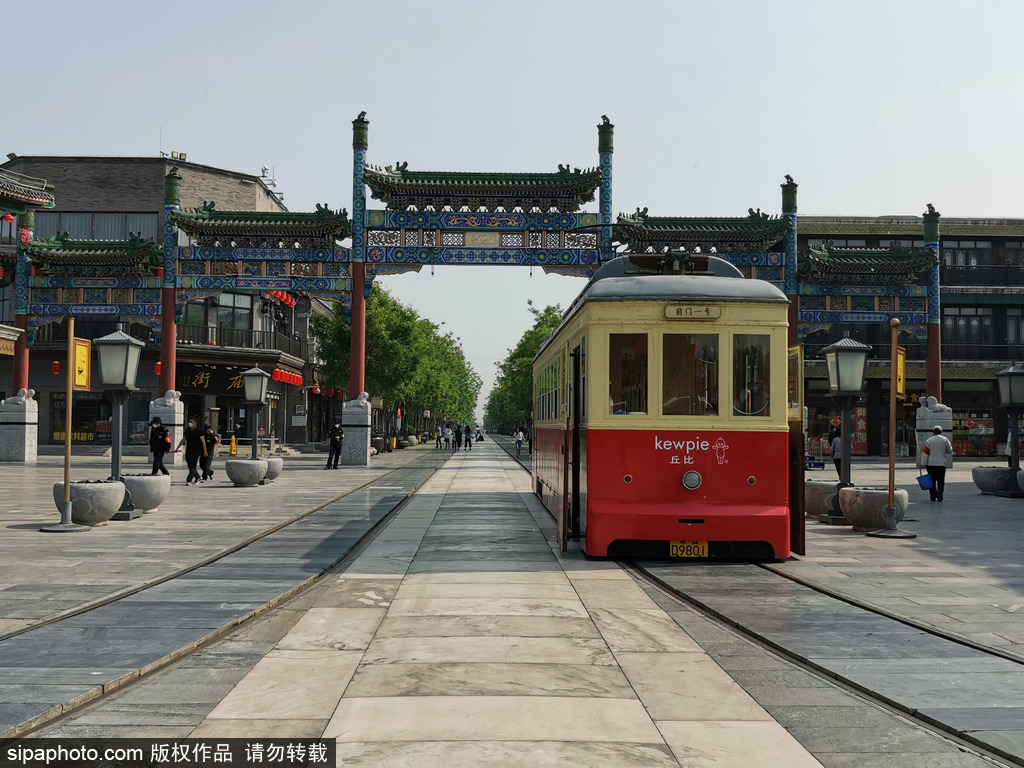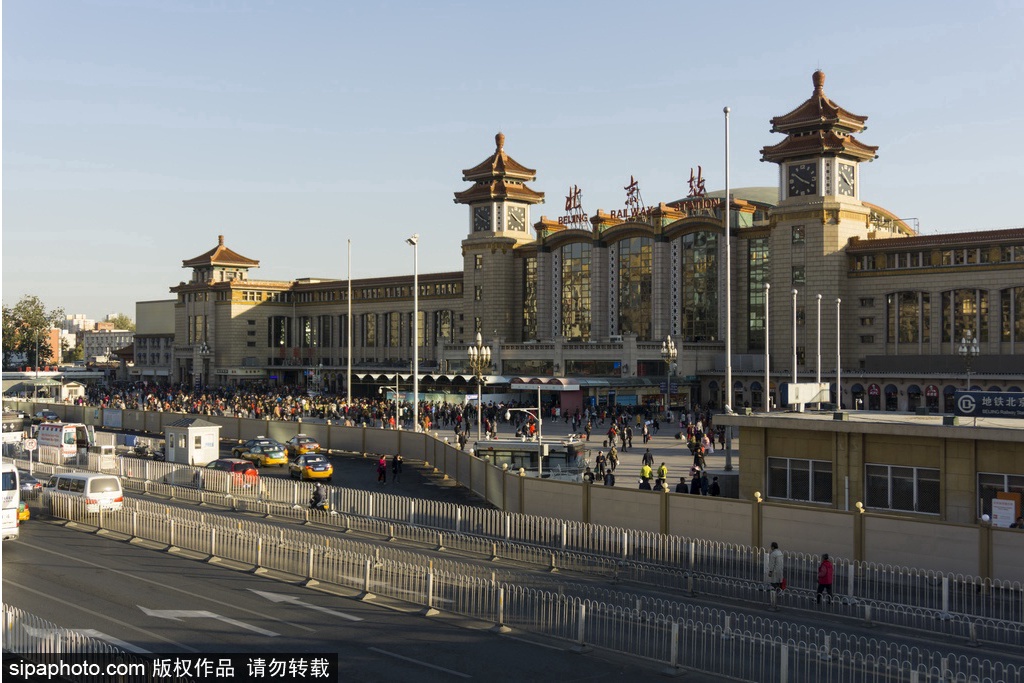Massage (Tui Na), which can enhance and speed up the action of herbal remedies, was officially incorporated into Traditional Chinese Medicine as a medical therapy to be used for problems where acupuncture and herbs were less effective. It is a method of treating disease by manipulation of the skin, muscle, tissues, tendons and joints through various massage techniques such as aromatherapy, reflexology, Rolfing, Hellerwork, and osteopathy.
Massage(Tui Na), with a long history, can be dated back to Shang Dynasty (1700 B.C.E. ) Oracle bones show that massage was used to treat children's diseases and digestive complaints in adults. By 600 C.E., massage was included in the Imperial Medical College as a separate department. In the Tang Dynasty (618-907 AD) it is recorded that there were 56 massage doctors in the imperial hospital more than the total of herbalist and acupuncturists. Following the Communist revolution, massage was restored along with other traditional medical arts and was included in the creation of the current system of Traditional Medicine Colleges. During this period, massage has continued to develop absorbing western ideas into the traditional framework. It is widely practiced and taught in hospital and medical schools and is an essential part of primary healthcare. The astounding success of China’s athletes and gymnasts is due at least in part to the use old traditional massage in their training.

Massage is well suited for the treatment of specific musculoskeletal disorders and chronic stress-related disorders of the digestive, respiratory and reproductive systems. Effective treatment protocols have been tested in a practical setting. Massage can stimulate the nerve endings in the upper levels of the skin, increases and improves blood circulation, improves a sluggish lymphatic system, loosens and relaxes muscles, and stimulates endorphin production.
Nowadays, from a more scientific perspective, massage is defined as the manipulation of soft tissue by stroking, kneading and applying pressure. With its long history the pedigree of Chinese massage is impressive and its perspective is bright. Even in today, massage is also very popular. Almost every hospital has a Massage Department dealing with a huge range of symptoms, from prolapsed discs to frozen shoulder and sciatica, to diarrhoea, high blood pressure, migraines, knee problems, tendonitis, tennis / golf elbow to sun stroke, menstrual problems, fatigue or insomnia.



